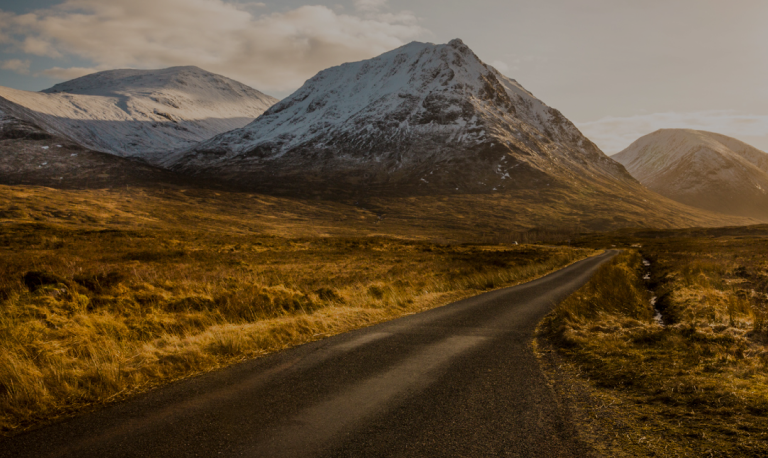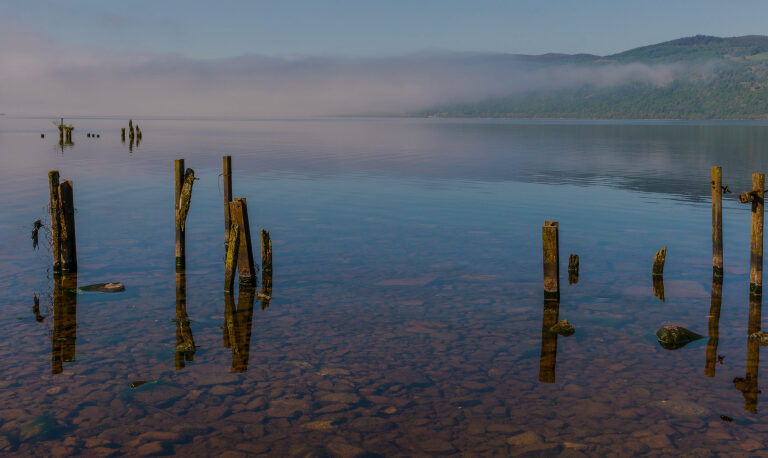How to Drink Scotch Whisky: A Beginner’s Guide
Scotch whisky is one of life’s little pleasures.
As you make your way across our country, you will pass distilleries and shops, wondering whether to stop. How did our love affair with whisky begin, what is all the fuss about, and why should you visit at least one distillery on your holiday, even if you’re not a whisky connoisseur?
With fifteen years’ experience of offering self-guided Whisky Trail holidays in Scotland, we think we know a thing or two about Scotch.
Read on for our top tips as we answer your most frequently asked questions about the golden spirit …
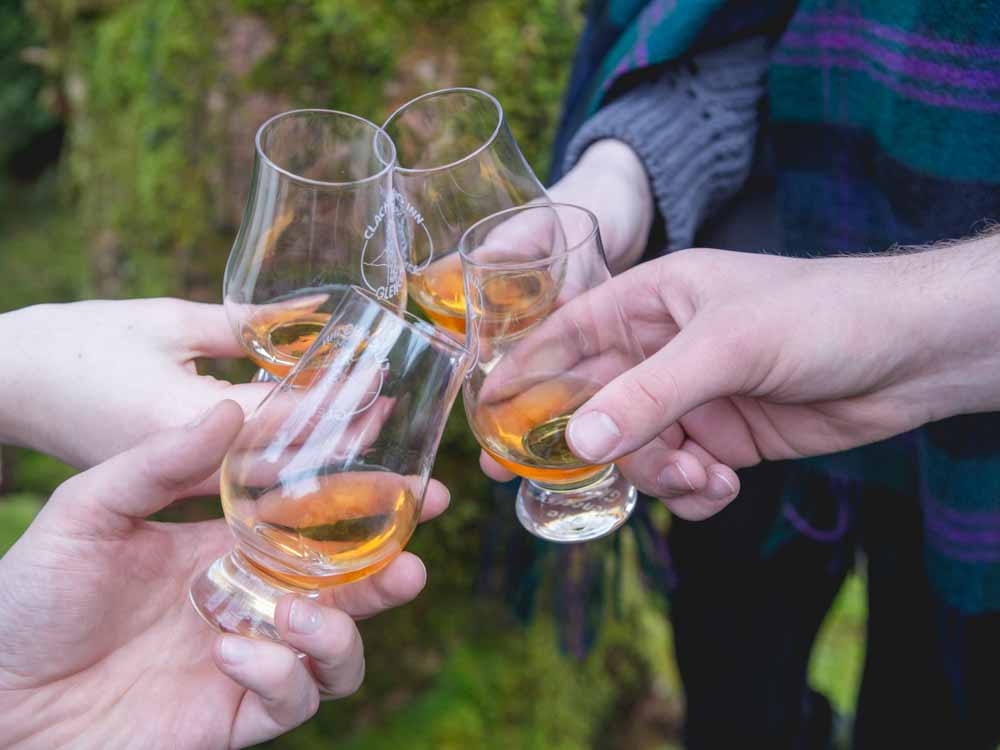
Which whisky should a novice try first?
With so many whiskies to choose from, it might be daunting to know where to start. Where a whisky is produced has a huge impact on its unique flavour combination, from the water in the local stream to the presence of peat.
Speyside is home to over half of the country’s distilleries, with fertile valleys and fast-flowing rivers, producing smooth, elegant whiskies. This is the place to visit if you like to spend all day visiting distilleries!
Popular choices and crowd-pleasers include Glenlivet, Glenfiddich, The Macallan, and The Balvenie from Speyside, and Auchentoshan and Glenkinchie from the Lowlands. These are all gentle spirits with sweet, fruity and nutty notes, like apples and dried sultanas.
For the more adventurous, spirits like Dalwhinnie, Glenmorangie, and Tomatin from the Highlands, and Isle of Arran, Highland Park (Orkney), and Jura from the Islands are excellent choices with strong, intriguing flavours, but without the harsh, smokiness of peat, which tends to put whisky beginners off at first.
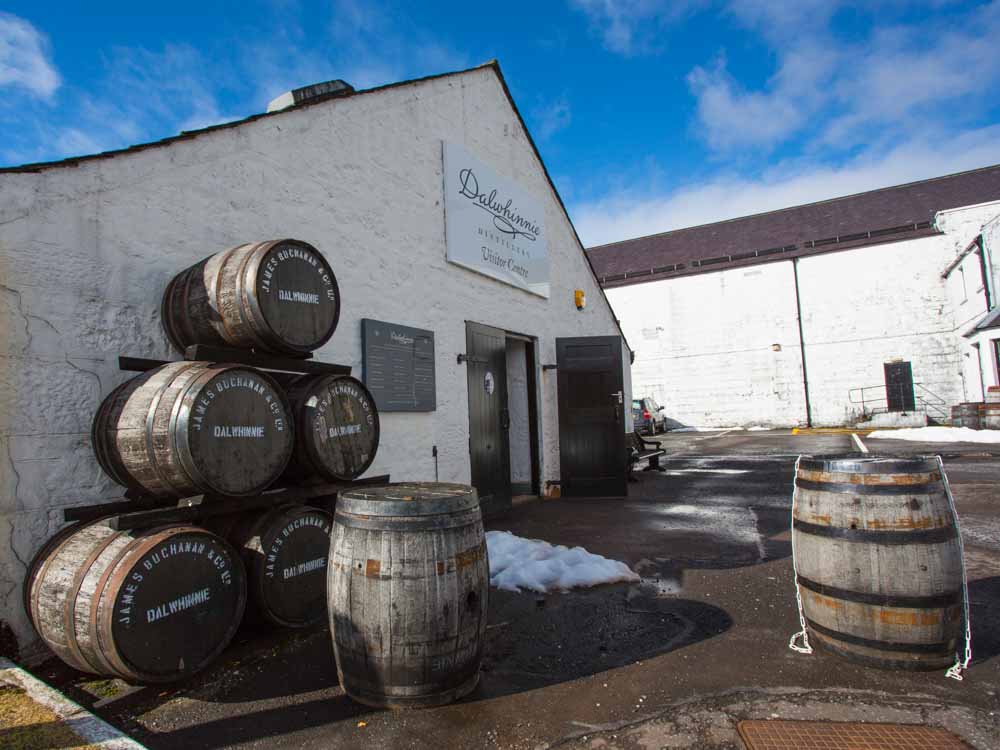
How does peat influence the flavour of whisky?
Love it or hate it, the smokiness of peat can dominate the taste of a whisky. Once found all over the British Isles, peat bogs are now mainly confined to the Scottish Isles – most famously the small island of Islay, where distilleries like Laphroaig, Lagavulin, Caol Ila, Ardbeg and Bowmore continue the tradition of burning peat.
Historically used as a source of fuel, the burning of peat infuses the barley grain with smoke and flavours it with a harsh, salty, delicious, rich, sulfuric fragrance, which as you might gather is not everyone’s cup of tea. The level of smokiness is determined by the time the barley grain is exposed to the pungent peat smoke during drying.
If peaty whisky is your favourite, a journey to Islay should satisfy your thirst. The special maritime climate of the island and characteristically smoky peat produces strong, thunderous drams; memories of which will follow you home.
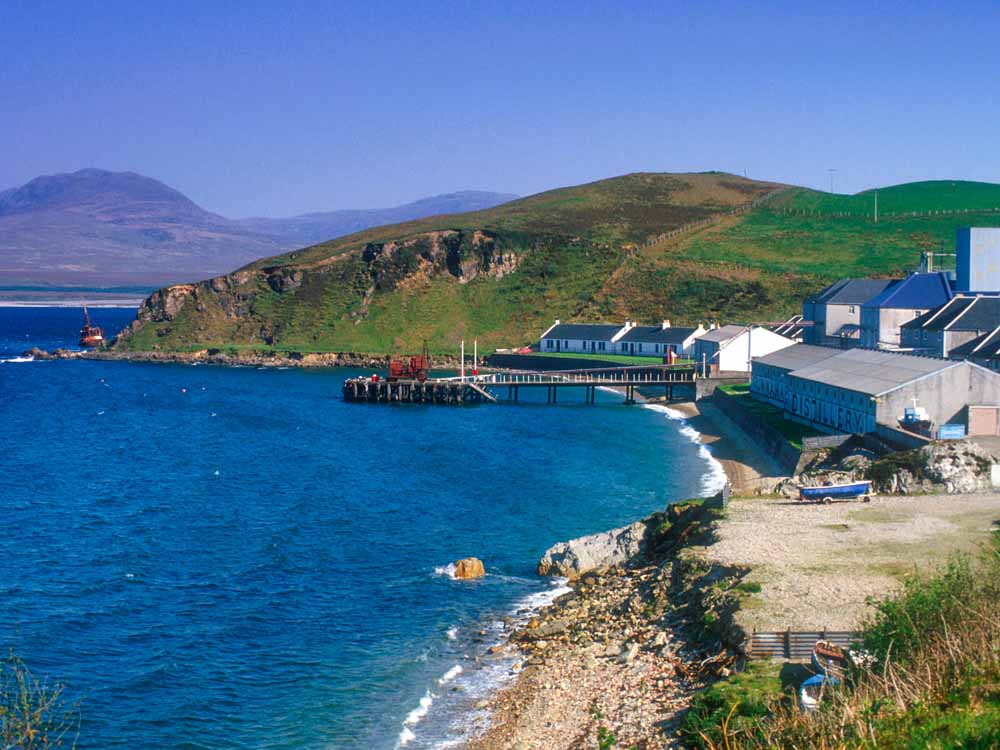
What is a distillery tour?
No two whisky distilleries are the same – each has its own proud heritage and history, dedicated distillers, unique setting and whisky production. With over 120 active distilleries in Scotland, you’re spoilt for choice, and a guided tour is the perfect way to experience what makes whisky so special – and why it’s our national drink.
Typically, a standard tour will last around an hour and include a guided tour of the distillery – from mash tun and washbacks to the swan-necks of the copper stills – and end with a sample of whisky, letting you discover the true essence of a spirit. For whisky enthusiasts, in-depth tasting tours and chocolate pairings are also available at most distilleries.
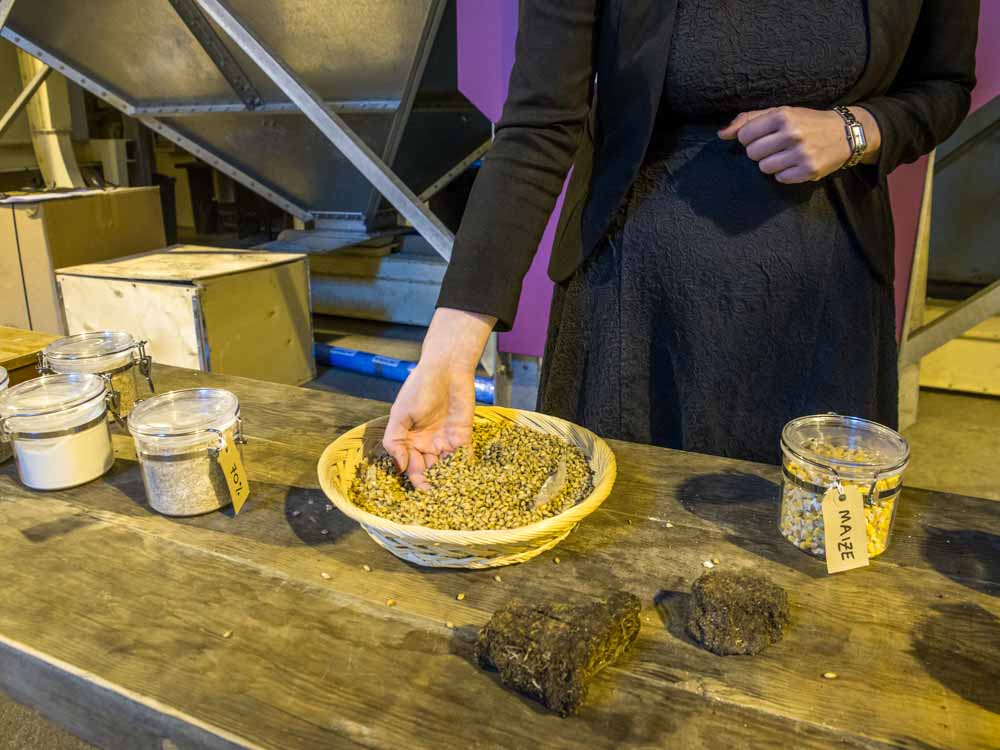
Should you add water to whisky? Or ice?
By adding a few drops of spring water to your dram, you open up the aroma of the whisky, making it easier to taste the subtle flavours. How much water depends on your personal preference, but whisky enthusiasts all seem to agree – a little water makes a huge difference!
The same, however, is not true for ice. Rather than enhancing the flavour, ice makes the temperature of the whisky drop rapidly, removing its subtle notes. Whisky should really be enjoyed at room temperature (and by a fire!).
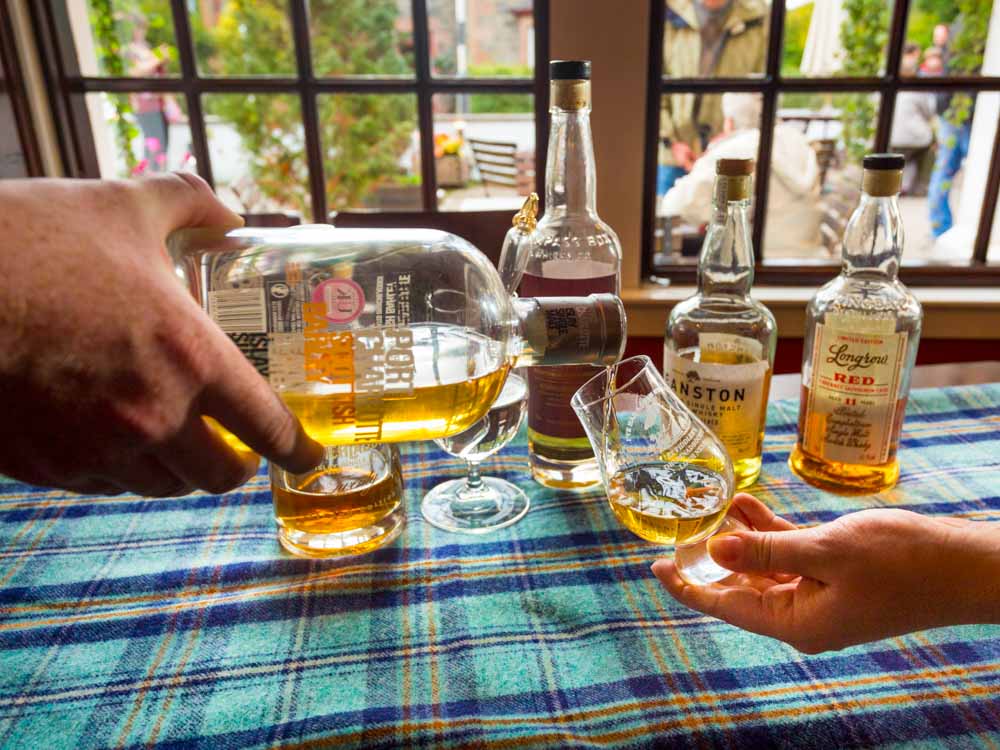
How do you ‘nose’ a whisky?
It might be worth learning the delicate art of nosing your whisky if you want to make the most of every dram. A little demonstration is part of a distillery tour, giving you the opportunity to perfect your technique, but we’d encourage you to do it at home as well.
Firstly, invest in a tulip-shaped glass with a narrow rim, giving you plenty of room to swirl the liquid while trapping the aromas and directing them to your nose. Then take a couple of short, sharp sniffs, open your mouth slightly and breathe – what do you smell?
Each time you go back to the glass you may find you can smell something new and different. Remember, nosing is a personal experience, and you might identify subtle flavours missed by others. Once you’re done nosing your whisky it’s time to take a sip.
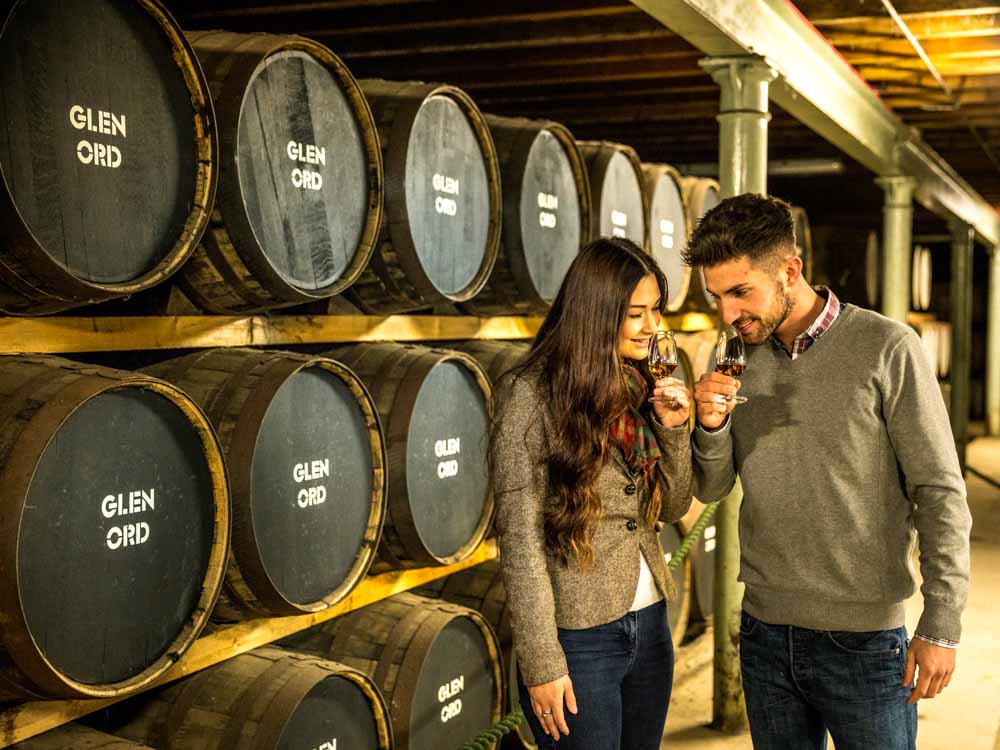
Should you drink whisky for your health?
Believe it or not, despite the high alcohol content (minimum 40%) scientific studies have proven that whisky has some amazing health benefits when consumed in moderation – something Scots have known for years!
Whisky can reduce stress, help control diabetes, decrease the risk of stroke and heart disease, lower the risk of dementia and boost the immune system. As a matter of fact, whisky was legally sold in the United States during the 1920s Prohibition, because it was considered medicine, not liquor. A shot of whisky a day may just keep the doctor away!
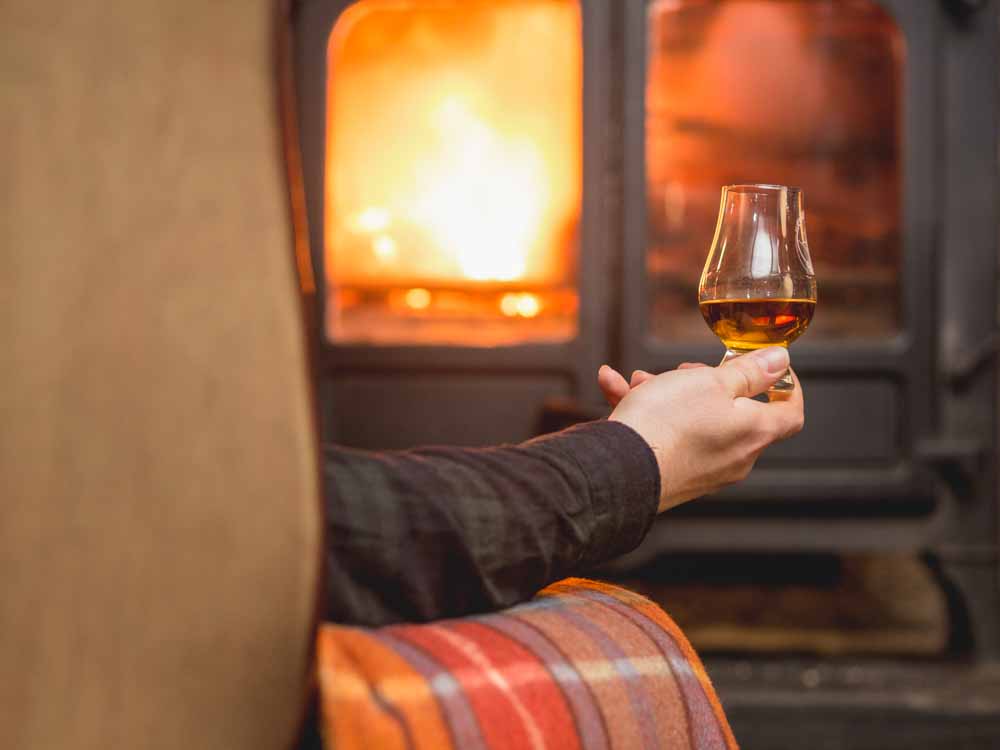
Does whisky go bad?
Happy news! An unopened bottle of scotch stored properly (upright, and away from sunlight and extreme temperatures and humidity) will last indefinitely and not go bad. The oldest bottles of Scotch whisky date all the way back to the 1850s and are sometimes sold at auctions for an astronomical amount of money, so you may want to take a bottle home with you.
Sadly, once the bottle has been opened and the liquid inside exposed to air, it will slowly start to deteriorate. The life of an open bottle is between 6 months and 2 years, giving you plenty of time to enjoy the smooth liquor.
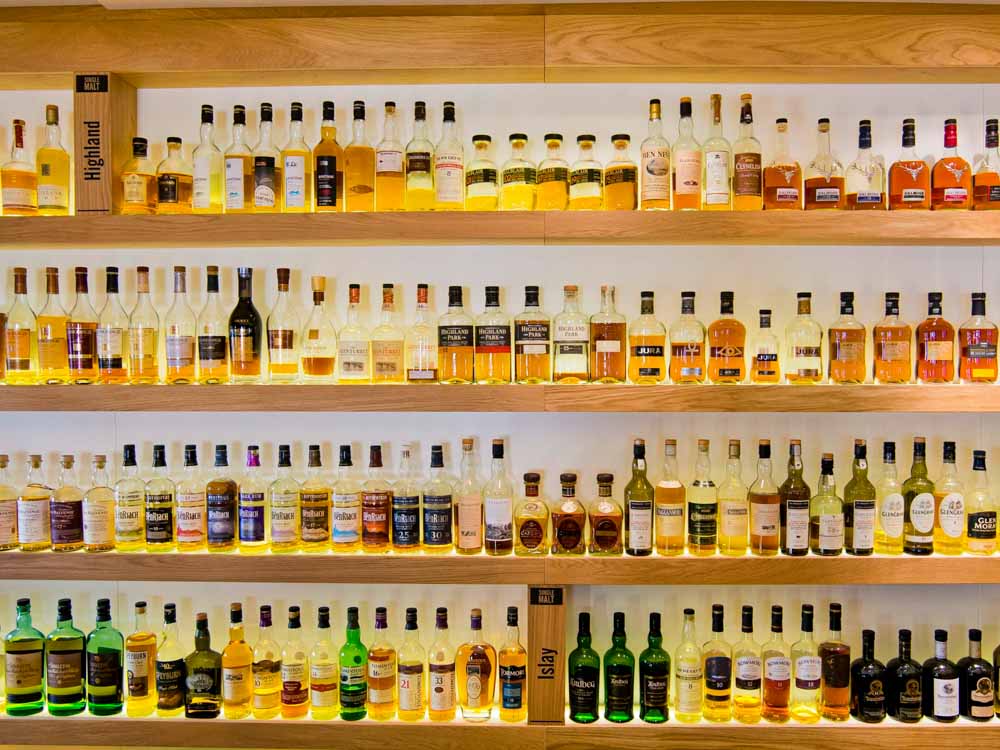
Amber Restaurant at The Scotch Whisky Experience in Edinburgh
How long have Scots been making whisky?
Whisky has been distilled in Scotland for hundreds of years – and is considered the birthplace of whisky. As a matter of fact, the term ‘whisky’ derives from the Gaelic phrase ‘uisce beatha’, meaning ‘water of life’. Whisky-making began as a way of turning rain-soaked barley into a drinkable spirit, using the freshwater of Scotland’s crystal-clear burns and lochs.
The practice of distilling alcohol was most likely brought to Scotland by Irish monks along with Christianity in the Middle Ages, although the first official records date back to the 15th century when Friar John Cor of Lindores Abbey in Fife was granted the king’s commission to make ‘water of life’.
Today, there are distilleries spread across the country, keeping the tradition alive and well – with new ones popping up every year, such as the Isle of Raasay Distillery (pictured below), and Clydeside Distillery in Glasgow.
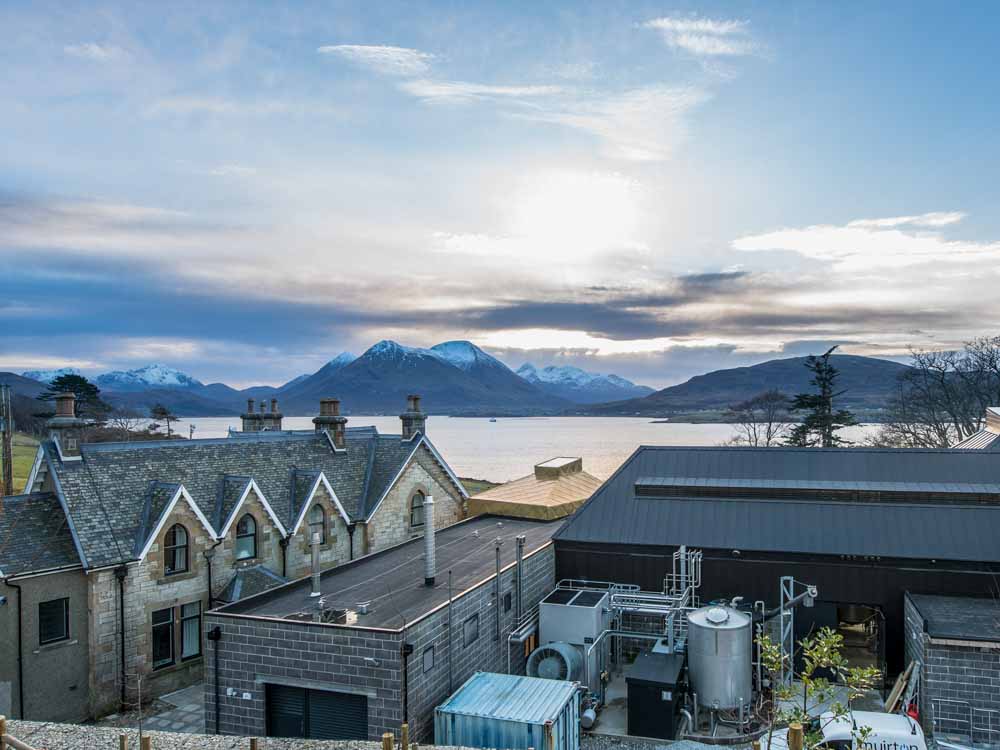
As whisky continues to shape the future of Scotland, we invite you to raise a glass and celebrate the proud heritage of our country – sláinte!
Sine Nielsen
P.S. Established in Edinburgh in 2004, Absolute Escapes are award-winning specialists in self-drive holidays in Scotland. We know where to find the best experiences – send us an enquiry now and start planning your unforgettable trip.
Discover our Whisky Trails
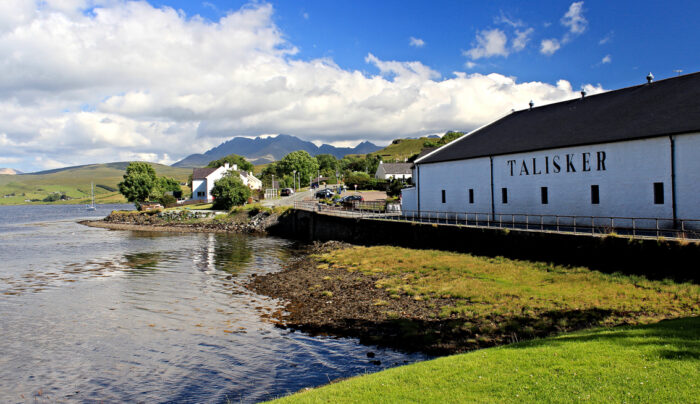
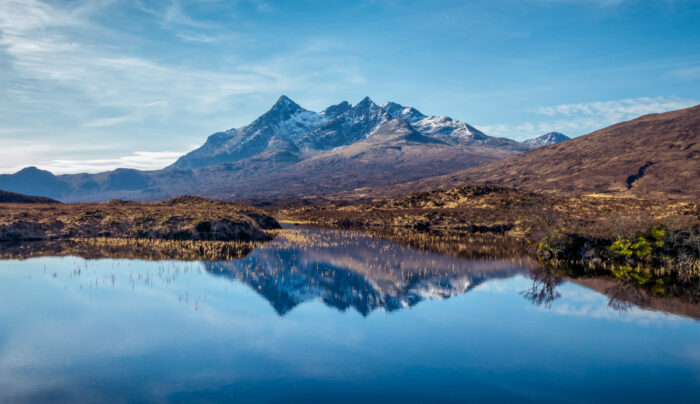
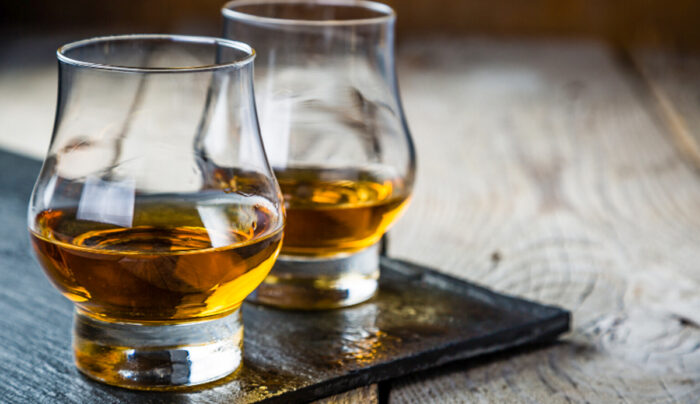
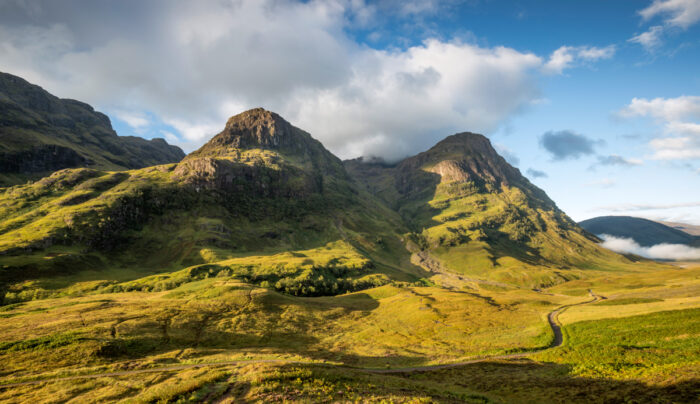
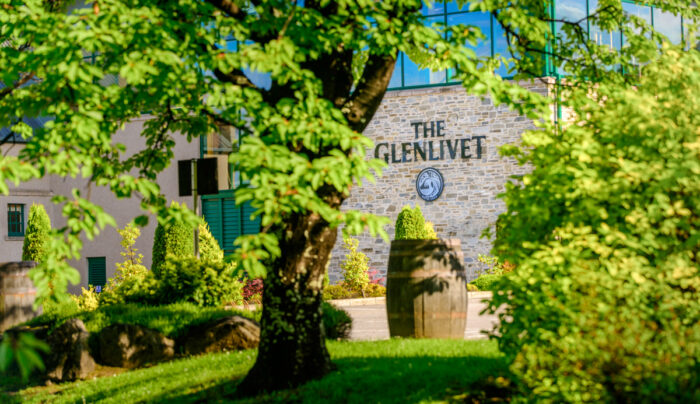
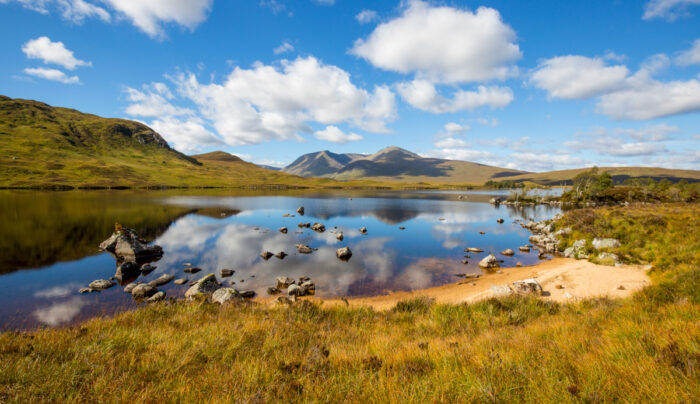
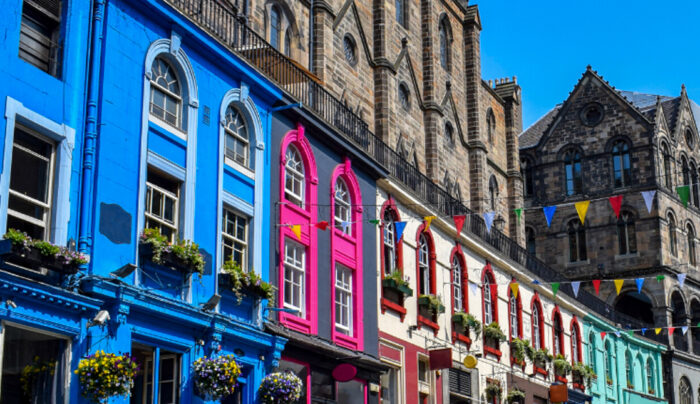
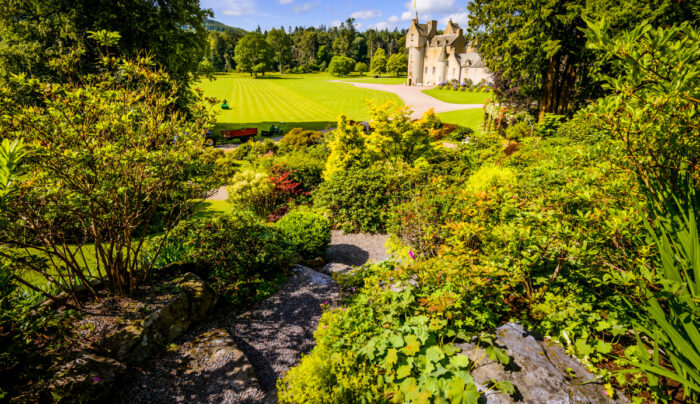
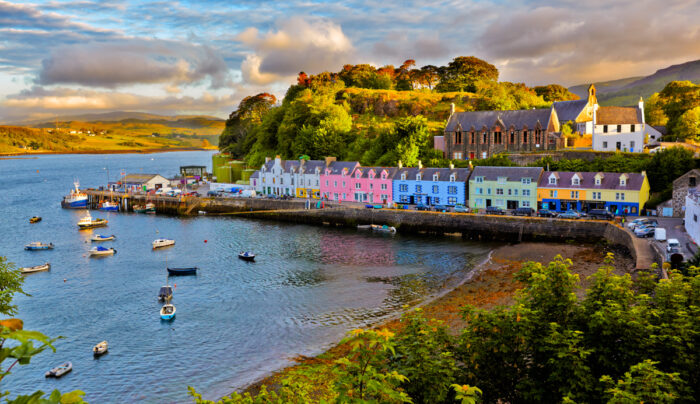
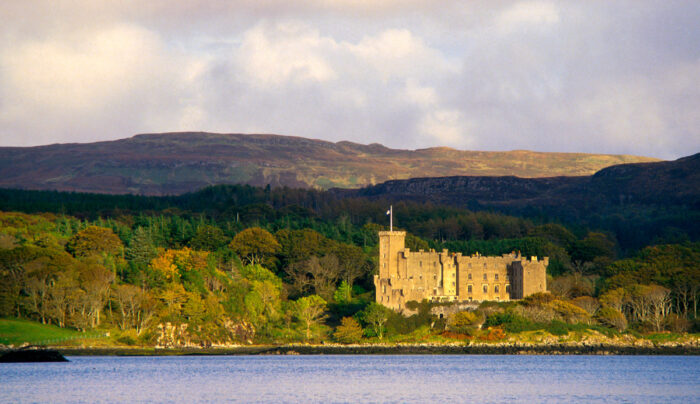
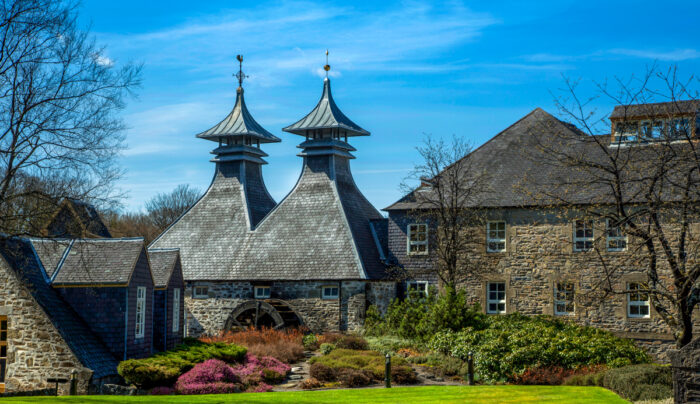
- The Malt Whisky Trail including visits to Glenfiddich & the Macallan Distilleries
- Edinburgh Castle, The Royal Mile & The Scotch Whisky Experience
- The magical Isle of Skye & Talisker Distillery
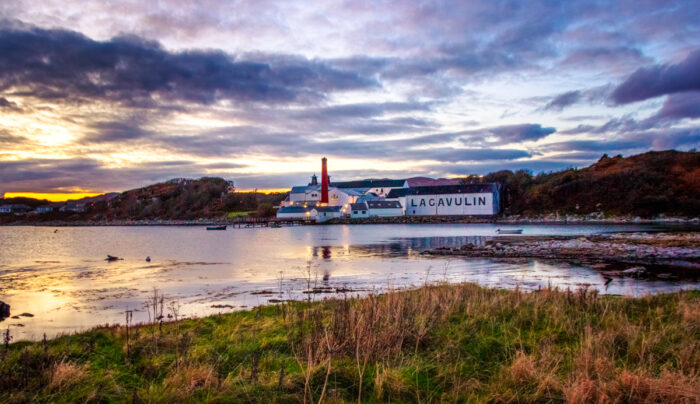
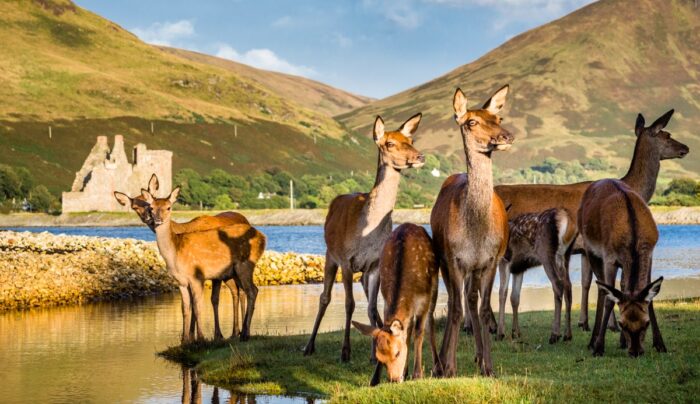
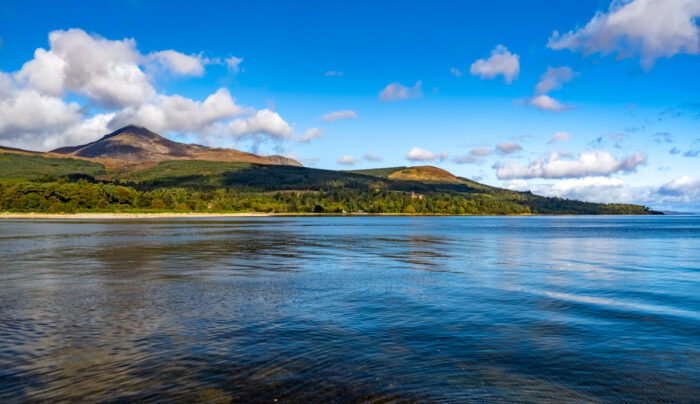
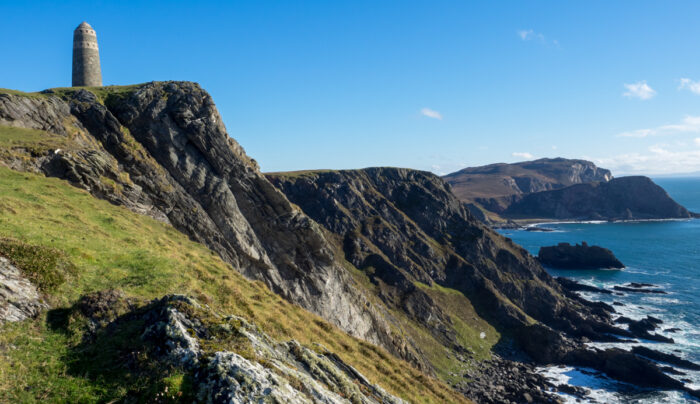
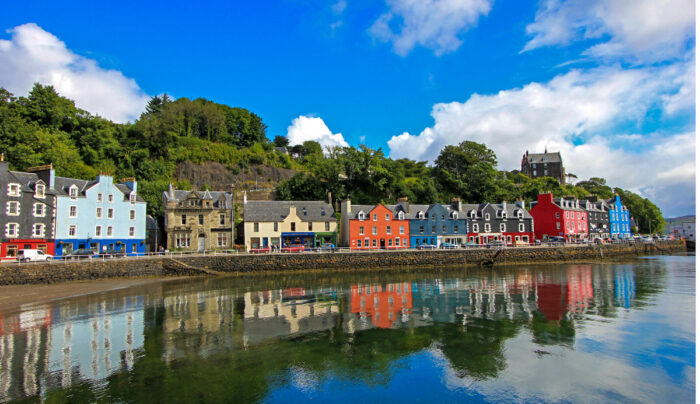
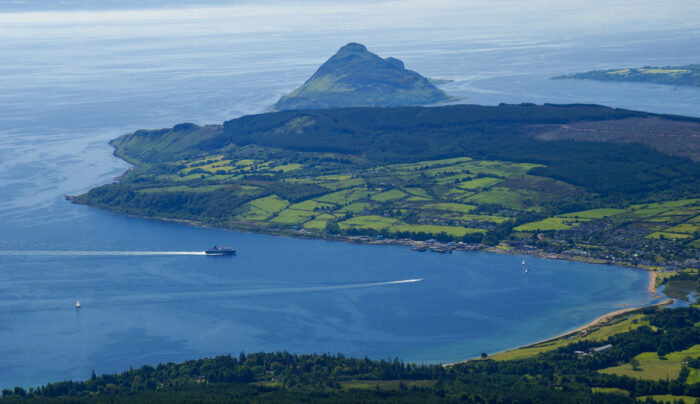
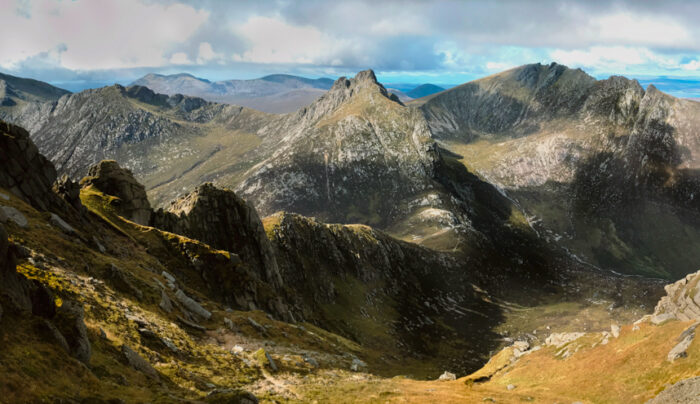
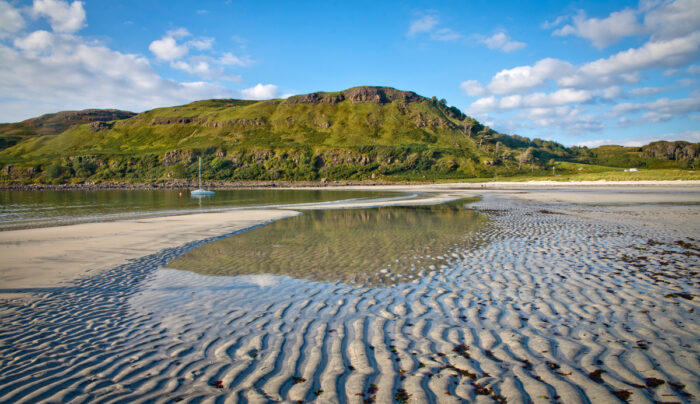
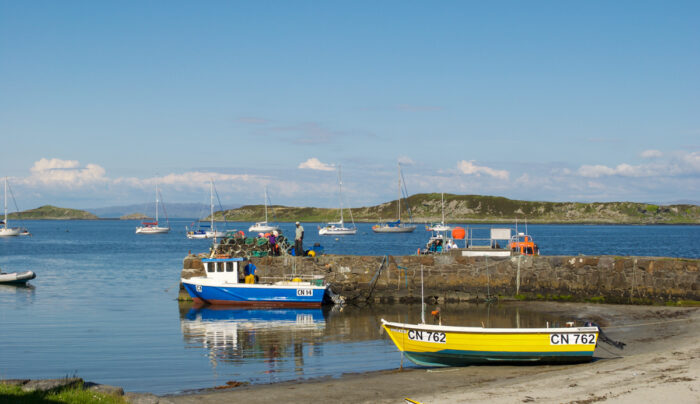
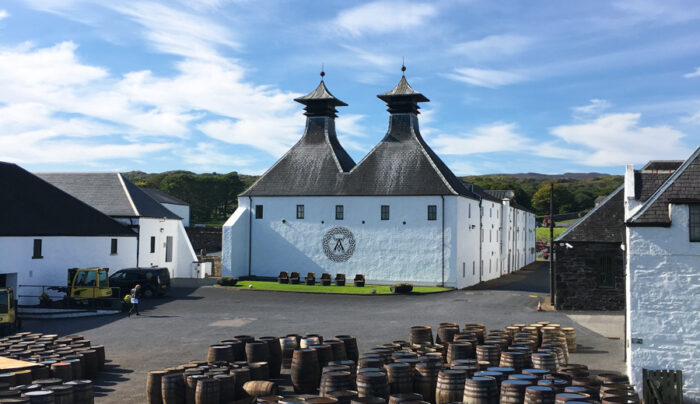
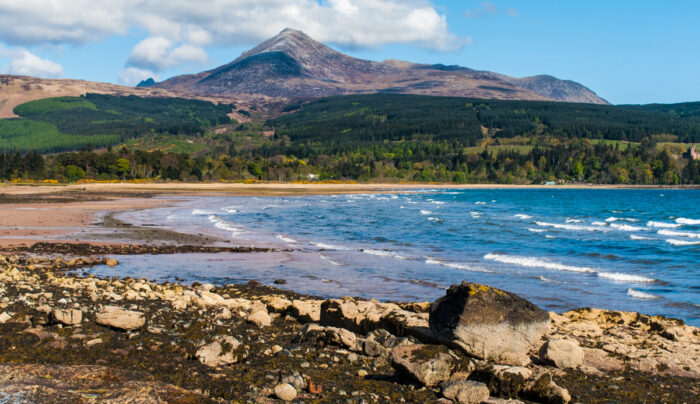
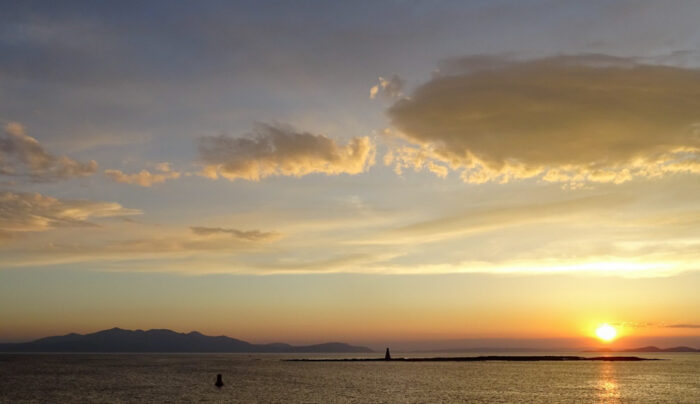
- Experience the beautiful Isle of Arran and sample The Arran Malt
- Explore the world-famous distilleries on Islay, including Laphroaig, Ardbeg & Lagavulin
- Visit Tobermory Distillery on the beautiful Isle of Mull
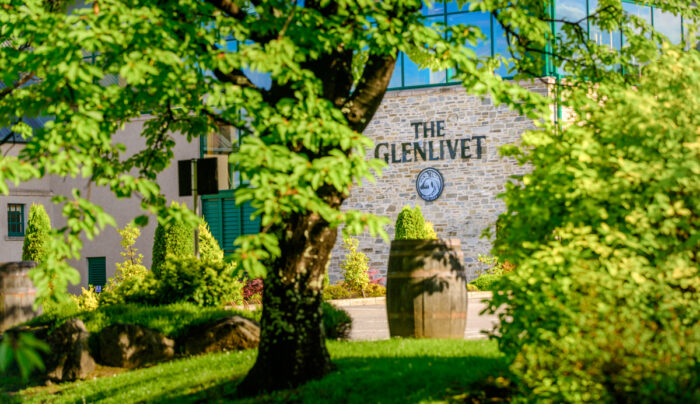
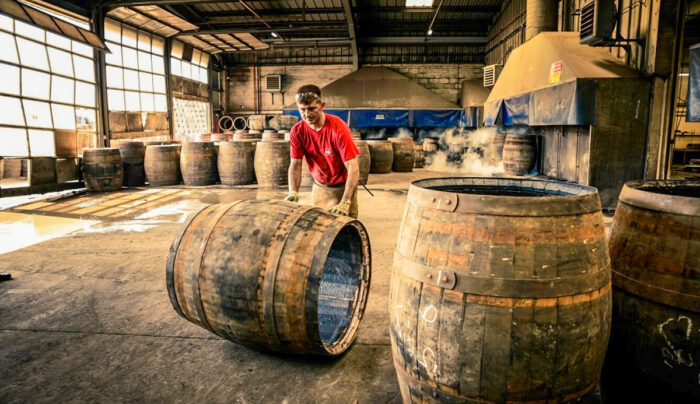
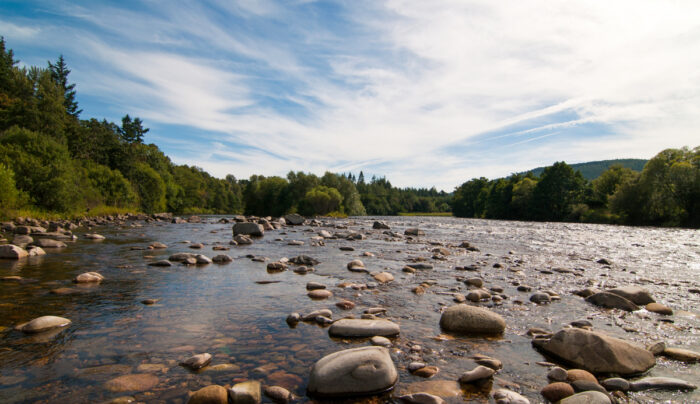
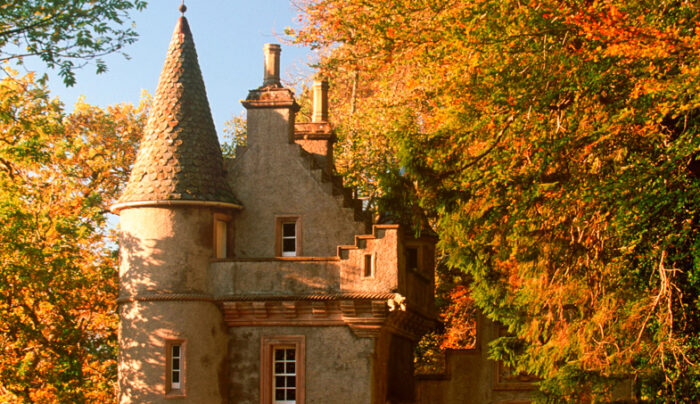
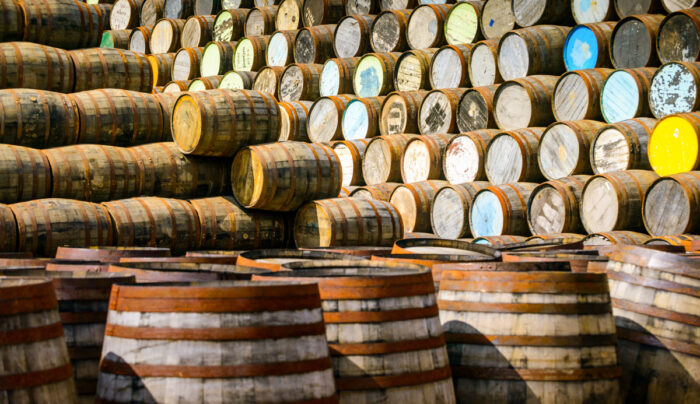
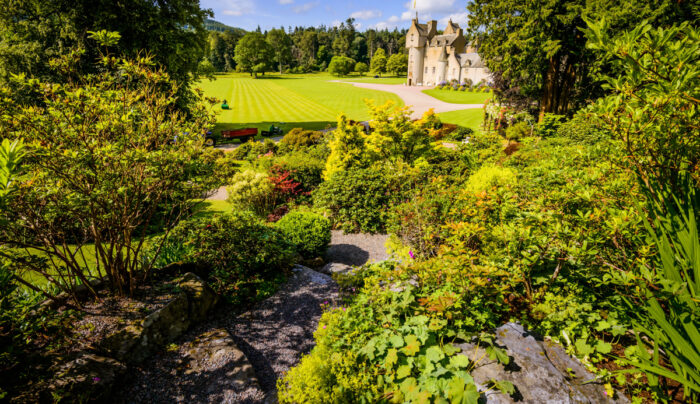
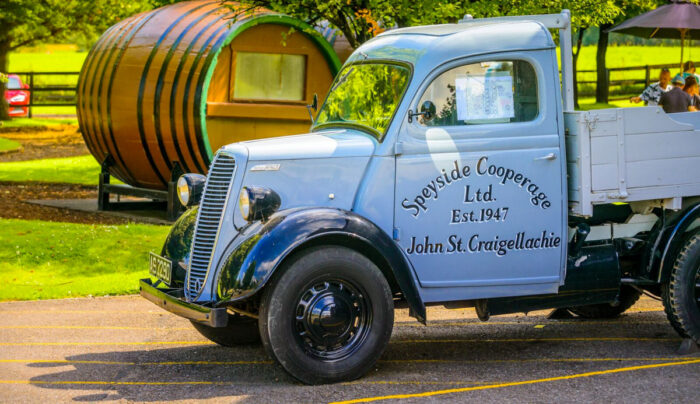
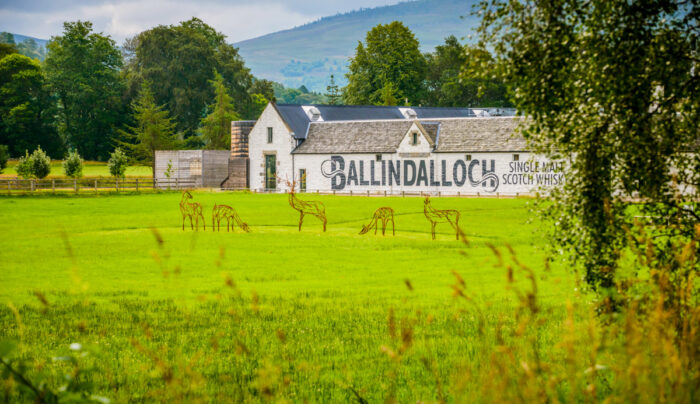
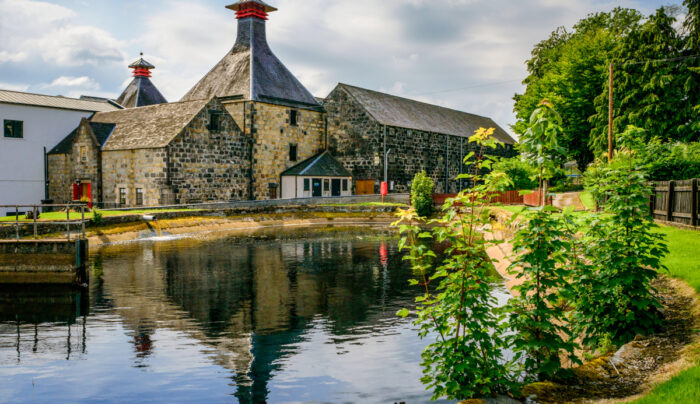
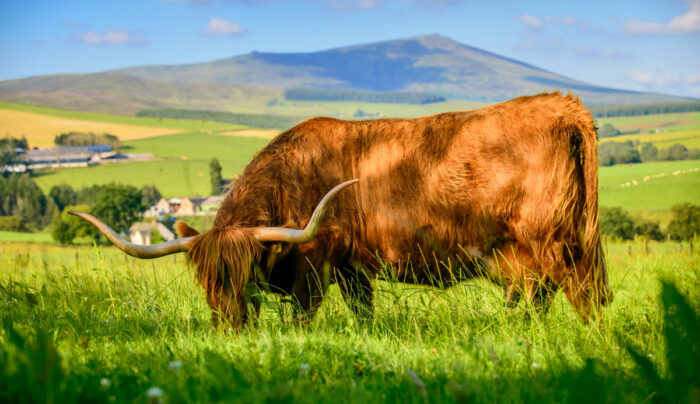
- Tour the famous Malt Whisky Trail including Glenfiddich and Macallan distilleries
- Dewars World of Whisky & Edradour Distillery in Pitlochry
- Explore mountains and lochs in one of Scotland's most picturesque regions

